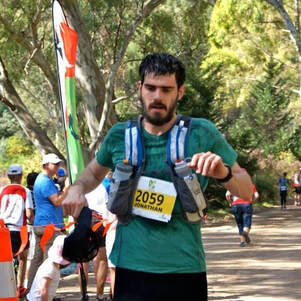Ehlers-Danlos Syndrome (EDS) is a group of 13 inherited connective tissue disorders that affects the connective tissue in the body (Ehlers-Danlos, 2024). Connective tissues are important to provide strength, elasticity, support, and protection in our body’s skin, joints, blood vessels, and other organs. Each type of EDS presents with its own diagnostic criteria, but common characteristics include joint hypermobility, skin hyperextensibility, and tissue fragility. Consequently, people with EDS often present with hypermobility, skin that bruises, tears or scars easily, chronic pain, fatigue, and issues with their blood vessels and organ functioning. It is difficult to know how many people have EDS, but estimates suggest that it affects 1 in 5000 to 1 in 20,000 people worldwide. Hypermobile EDS is the most common type and accounts for approximately 90% of EDS cases.
Pain is unfortunately common with EDS from the overload of musculoskeletal structures and abnormal movement patterns due to joint instability. Central sensitisation can occur too resulting in people with EDS being hypersensitive to painful stimuli (Ehlers-Danlos Society 2022). Fatigue is also extremely common and can be due to a dysregulation of the autonomic nervous system, for example low blood pressure with a fast heart rate, and gastrointestinal problems. This can all lead to a decreased exercise tolerance and difficulty performing daily tasks. Psychological symptoms such as depression, and anxiety are also common co-morbidities (Ehlers-Danlos Society 2022).



 RSS Feed
RSS Feed